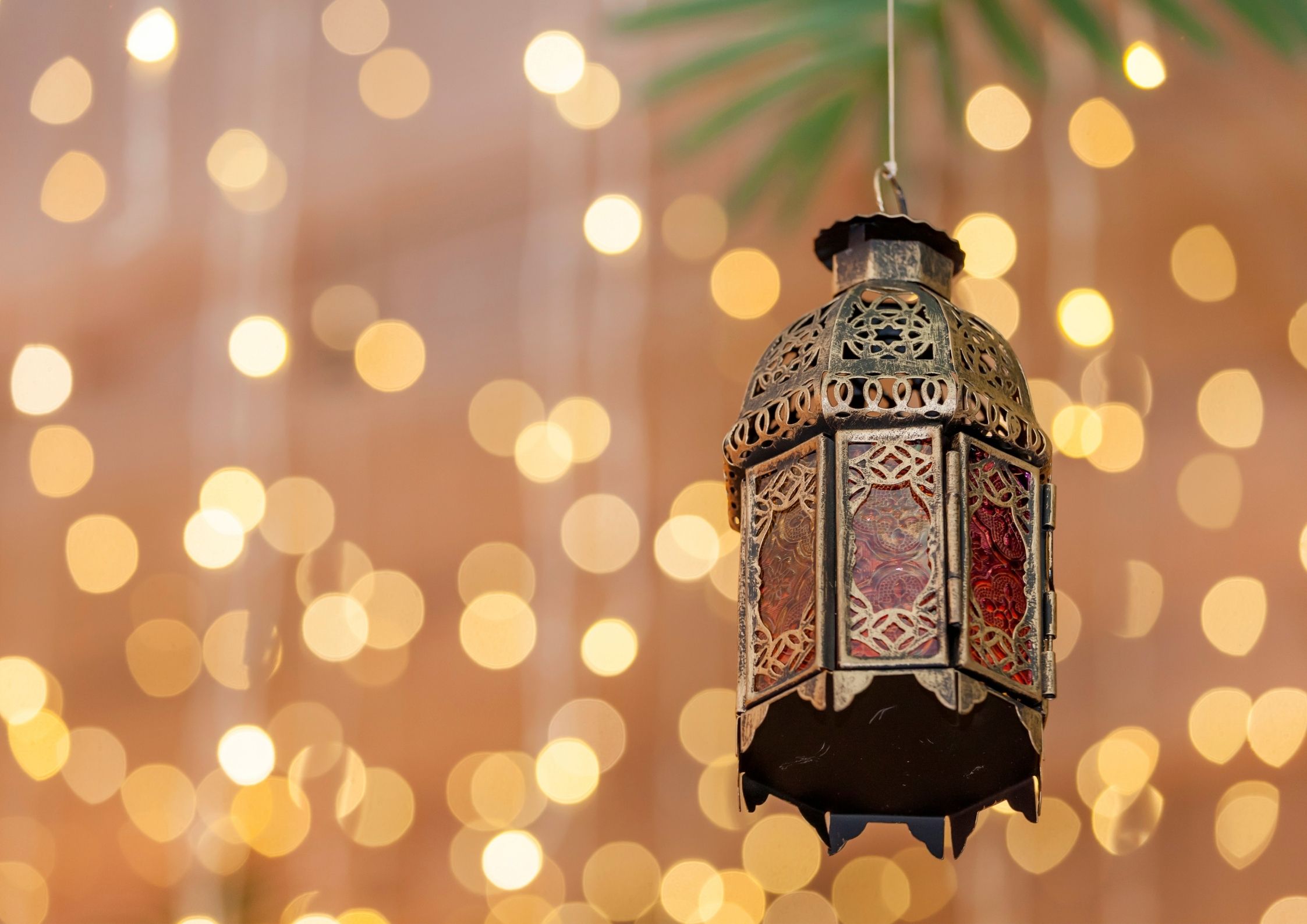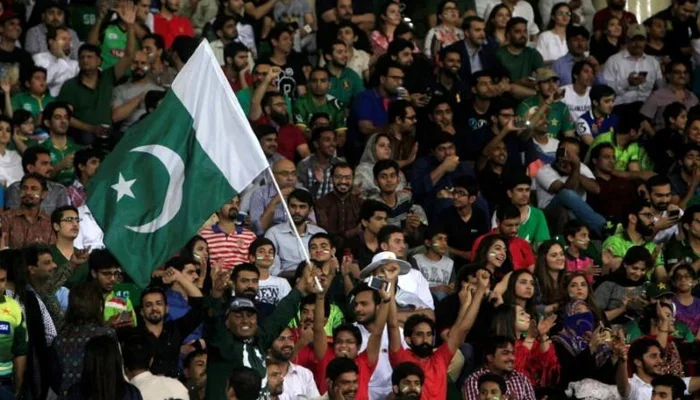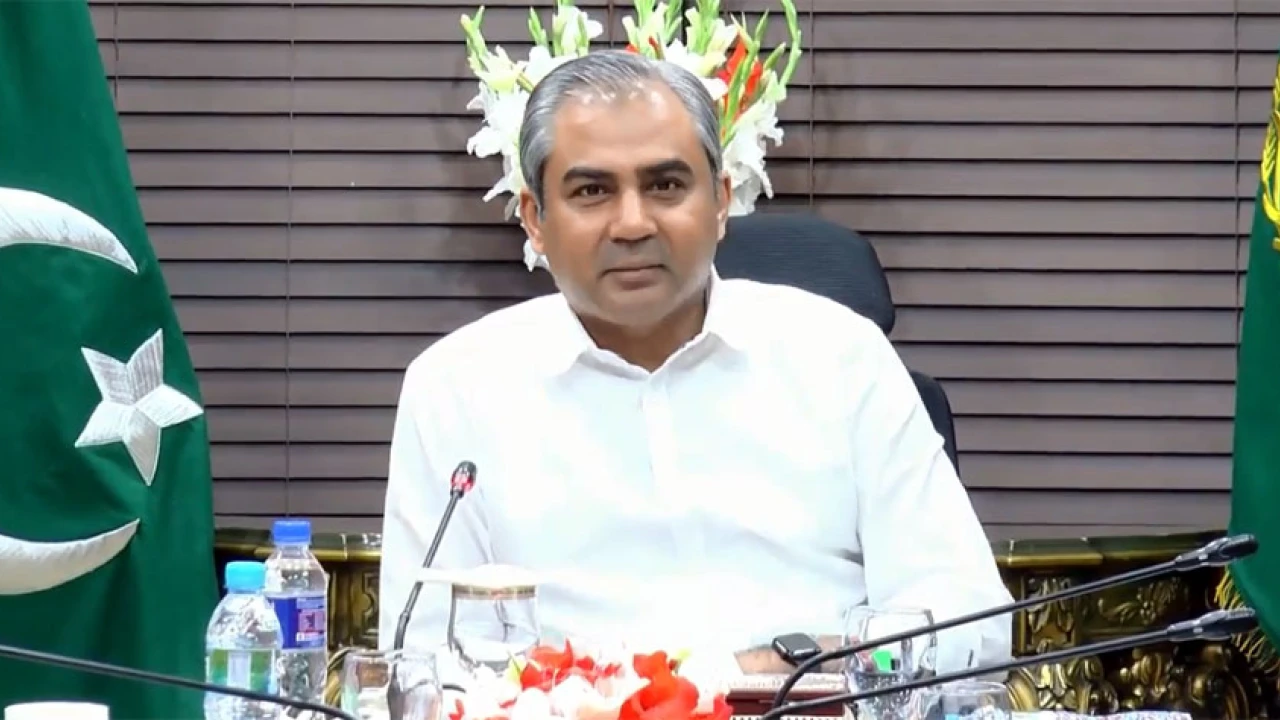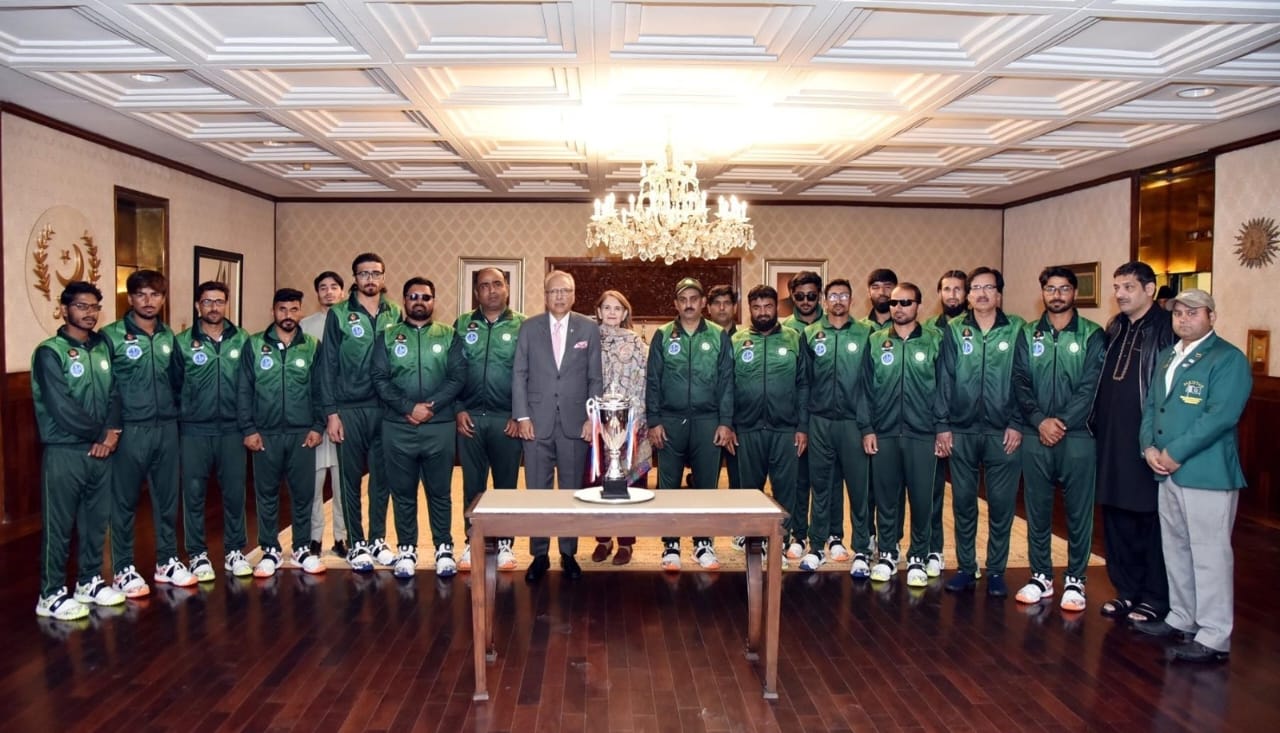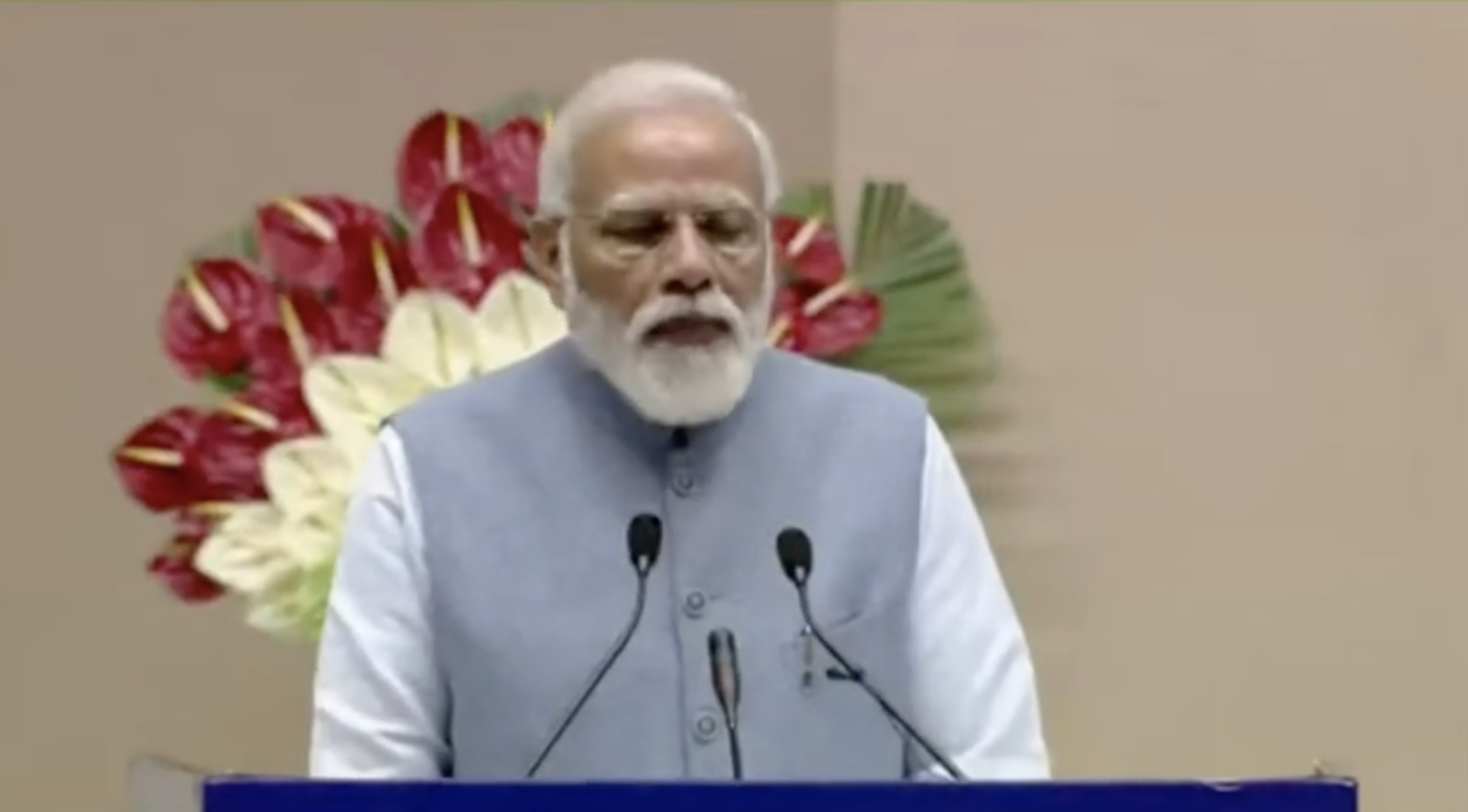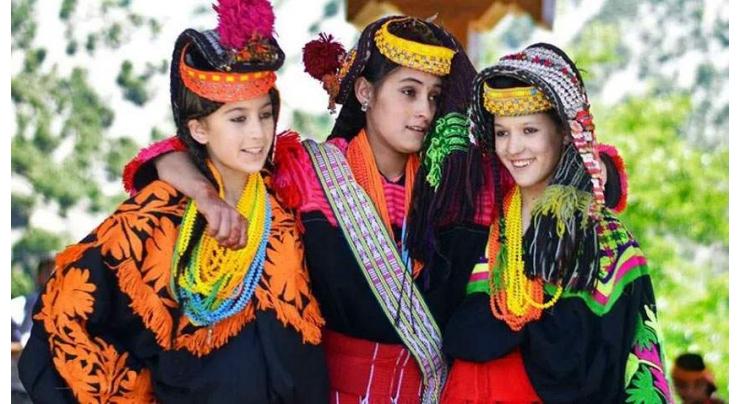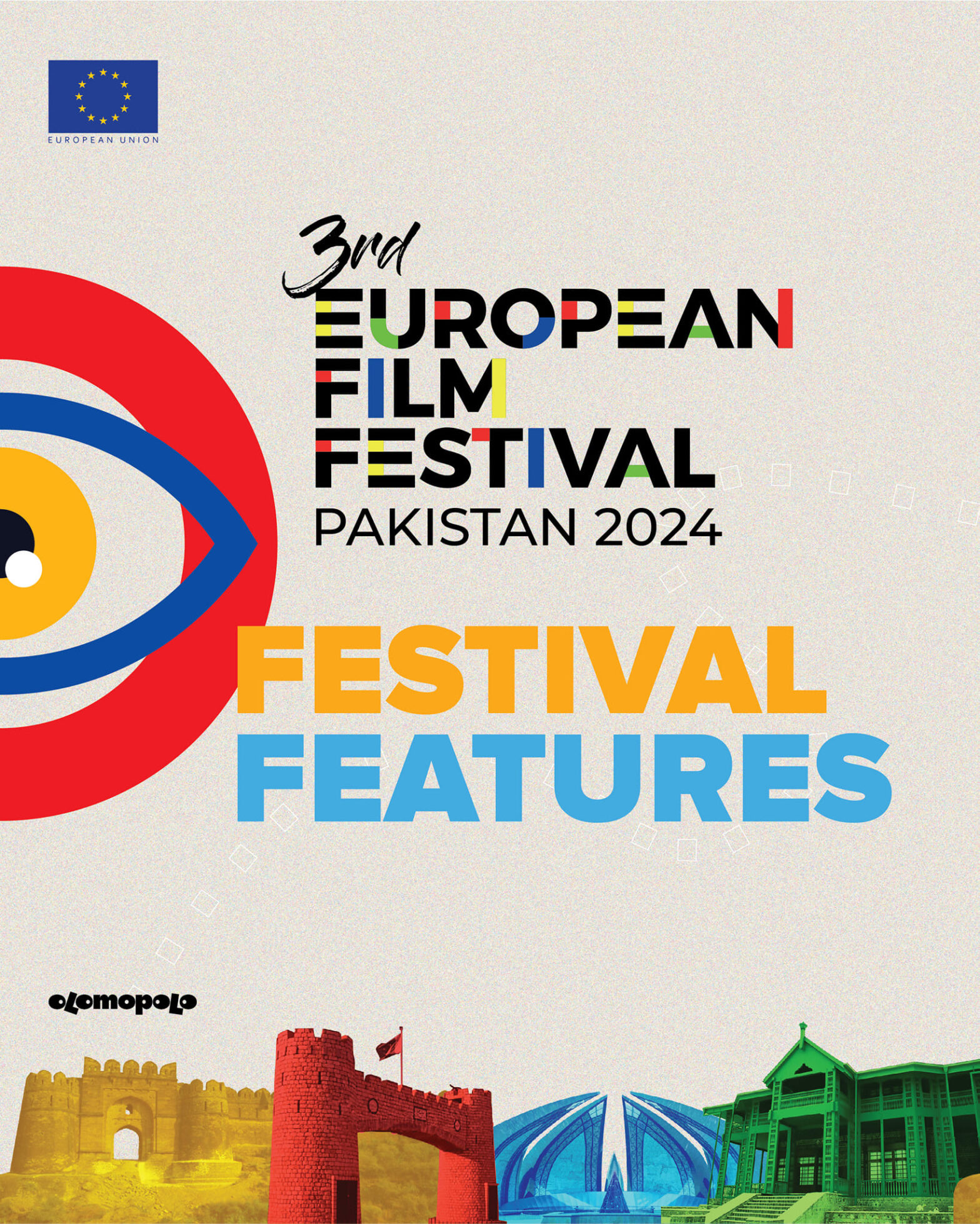There is no denying the fact that Eid celebrations have seen many changes and differences over the past few decades
Although there have been many, many traditional and cultural practices associated with the celebration of Eid for ages now, it is no less true that with every passing year something, somewhere, tends to change. It is the course of life after all. And so, one may find themselves reflecting on the differences in their Eid experiences now, compared to the Eid experiences of their childhood.
“Yes, it’s true. No matter how much you don’t want to believe that times have changed, the truth of the matter is that the Eid of today is very different from the Eid of my childhood memories,” Wiqar Mir states honestly. “Many of the formalities and traditions may still be the same but the essence… the essence has changed.”
So… how exactly has this essence changed?
Mr. Wiqar describes the Eid celebrations of his childhood, explaining that yes, relatives do indeed still tend to visit each other during Eid, but it is nothing compared to the hustle and bustle of his childhood times when the entire day would be spent in and out of the house, going to greet all the neighbors one by one, giving them mitthai and collecting Eidi from them. The doors to houses would be open, and at all times there would be some guest present, entering, or leaving the house. Be it a close family member, a distant relative, or the neighbors, he adds.
“Honestly speaking,” Mr. Wiqar noted humorously, “now it just seems like after visitation is over, a lot of people spend their Eid sleeping.”
He then goes on to describe a difference that has been more subtle, but very much visible when one looks for it: the type of attire worn. Mr. Wiqar talks about how, in the past, Eid outfits would take weeks upon weeks to be made, tailored for each individual’s preference and taste with enthusiasm and perfection. It would give each individual his or her own flare, and the Eid outfits would be then reserved solely for occasions of significant importance.
Comparing that to now, global fashion – especially from the western cultures – seems to have bled into that of the eastern culture. Western fashion elements are very much present and mass-produced. As a result, clothing trends during Eid have evolved significantly over the past few decades, with more modern and contemporary styles being incorporated into traditional attire.
“It’s one of those things that’s not necessarily bad.” Mr. Wiqar clarifies. “But it’s a change that is very much there and many people have not even noticed.”
According to him, the most significant thing that has changed the essence of Eid over all these years has been technology. A few decades ago, there were no mobile phones in every hand, no laptops or tablets to keep anyone occupied. It made communication all the more special and valuable. And since communication was not always possible, most of the time the guests showed up at Eid without any prior notice or planning of any kind – and the spontaneity and surprise of that was a huge part of the excitement!
“Spontaneity might as well be dead in today’s time,” Mr. Wiqar laments. “We still love meeting up with our relatives and loved ones, of course, but we function on prior notice. The fun and enjoyment are still there, but the surprise and the sudden, unexpected burst of joy? It’s gone.”
He then says that despite this fact, there is one very useful change that technology has brought compared to the days of his childhood: now he can greet, talk with, and wish “Eid Mubarak” to his relatives anywhere in the world, no matter how far apart they are. In his childhood, if a family member was abroad, they would miss out on the celebration and happiness of an Eid spent talking with family. But thankfully, technology has made it possible now.
All of these changes aside, Mr. Wiqar goes on to fondly describe the parts of his memories of Eid that have stood the test of time and have remained intact over all these years.
“The food was spectacular then and the food is spectacular now. Sheer khurma in the morning, biryani in the afternoon, barbequed kababs and tikka at night. Nihari, chicken karahi, kheer, and so much more. The food culture of Pakistan has always been vital in Eid celebrations and I have no doubt in my mind that it always will.”
Aside from the food, there are little things that have survived throughout all these years. “Girls spending the night before Eid preparing their churiyan and getting beautiful henna patterns tattooed all over their hands and feet, and the men all banding together to go get their hair cut and beards trimmed, things like that which are very much still part of the Eid experience.”
And, of course, Eidi! Adults giving money to children – no strings attached – the concept of Eidi has been inseparable from the concept of the Eid celebration itself. It is one of the things that continued to engage the entire community, adults and children alike, for many years in the past, and will undoubtedly keep on doing so in the future, no matter how much time passes. “The only change here,” Mr. Wiqar expresses fondly, “is that I used to be the one taking Eidi, and now I am the one giving it.”
There is no denying the fact that Eid celebrations have seen many changes and differences over the past few decades. From family gatherings to the type of attire to the introduction and impact of technology, there are many things lost to time and many new things introduced. Despite this, there are perhaps as many things that have remained unchanged as well. Among these things is also the very spirit of Eid, which is to celebrate togetherness, generosity, and compassion; it remains intact and continues to be at the heart of this most auspicious occasion.
